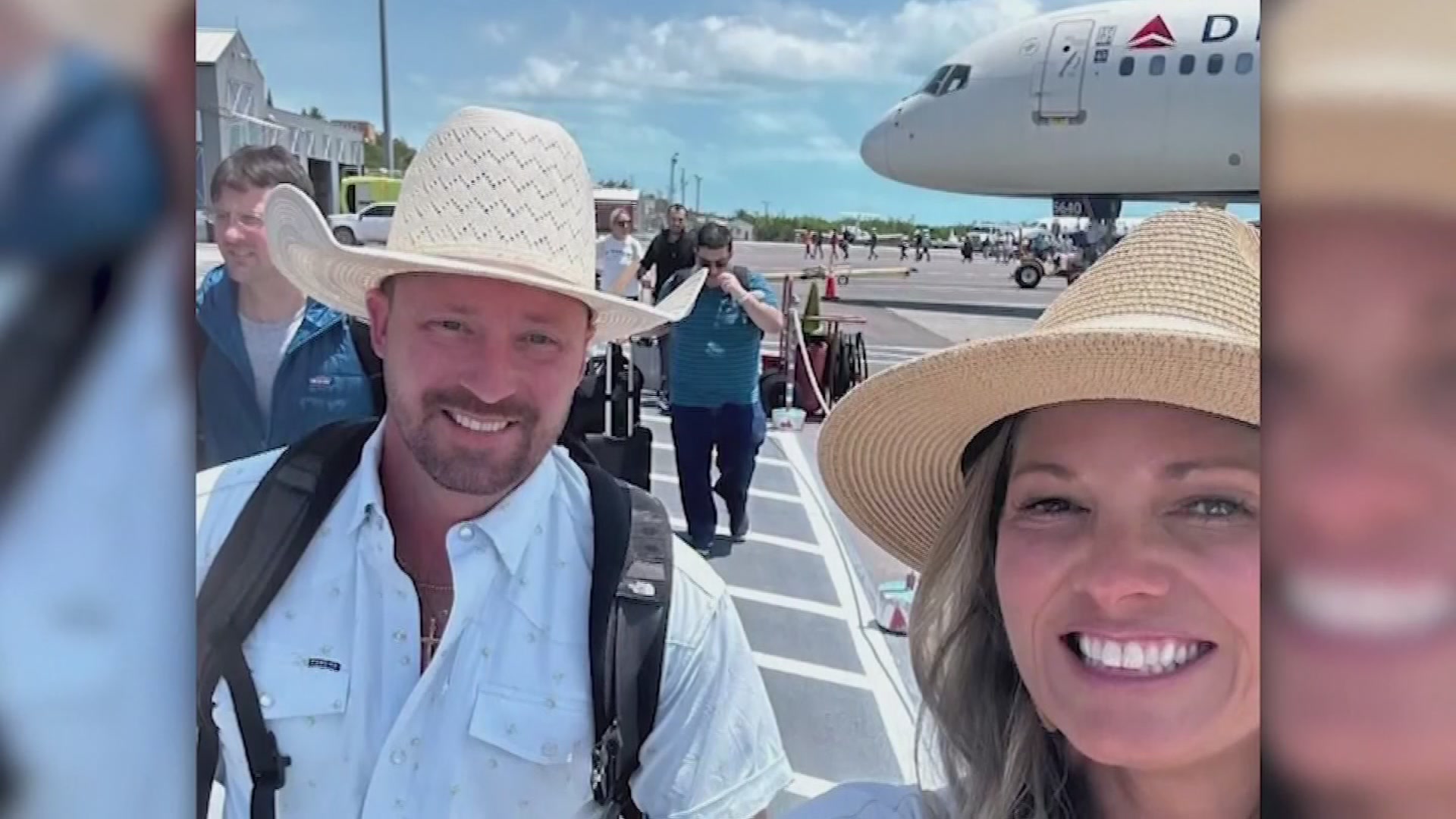This week is the 40th anniversary of the Dallas Arts District which has been transformed since then into a major attraction and job center.
The area at the edge of the Central Business District near Woodall Rodgers Freeway and Central Expressway was largely vacant when the Dallas City Council voted on Feb. 16, 1983, to designate the district.
Friday, school kids from the suburbs were there to attend a performance of the Dallas Black Dance Theater at the Wily Theater.
“I’m an example of the dancers that were on stage, I’m an example of the students that were in the audience, admiring the dancers, and now I’m one of the teachers,” Katricia Eaglin said.
Get DFW local news, weather forecasts and entertainment stories to your inbox. Sign up for NBC DFW newsletters.
She was a graduate of Booker T. Washington High School for the Performing and Visual Arts, one of the few buildings still standing that was in the area 40 years ago.
She repeatedly auditioned to win a place on stage with the Dallas Black Dance Theater.
She said she grew up with the district.
Local
The latest news from around North Texas.
“I was here when the area where the Moody is was just a parking lot,” Eaglin said.
Students from Lancaster posed for photos on the steps of the Moody Theater as they ended their field trip to the district Friday.
An historic photo of the area from the 1980s shows mostly empty space.
“There were used car lots, auto body shops and there was a Borden Dairy,” said AT&T Performing Arts Center Spokesman Chris Heinbaugh. “Downtown back then was really emptying out and the city leaders back then thought, 'how could we stop that? How could we stop that decline? We could do it with culture, we could do it with arts.'”
Lily Cabatu Weiss, Executive Director of the Dallas Arts District, is a former Artistic Director at Booker T. Washington. Weiss said Eaglin was once one of her students. Both of them watched the neighborhood transformation over the years.
“We were a commuter downtown where people just drove in for work and drove out. With the arts district, it offers more. It offers more of arts and culture, more of the restaurants and retail, more of this collaboration and synergy that is needed in any good city,” Weiss said.
A combination of city money and private contributions built the performance venues and museums. Private development filled in gaps and helped bring jobs.
“And those are direct jobs but also indirect jobs. It could be restaurants, valet, hotels, but also all the people who work behind the scenes here,” Heinbaugh said.
Recent development includes hotel, apartment and office space around the cultural facilities.
Klyde Warren Park on a deck over the Woodall Rodgers Freeway between Uptown and downtown Dallas was also a game changer for the adjacent Arts District.
“That is the game changer of connectivity, and that’s what we want to see in the City of Dallas,” Weiss said.
The future of the Arts District includes plans for a new pathway along Routh Street to Uptown and another path to Deep Ellum to better connect the Arts District with the fabric of booming downtown Dallas.
Eaglin said she hopes more students follow her path through the Dallas Arts District.
“Arts is a way that a lot of kids learn and are able to express themselves. And so we need that, We need to continue to facilitate the arts in our communities,” Eaglin said.
Before the COVID-19 pandemic, Weiss said 4.2 million people a year visited the Arts District.
She said new studies are planned on current overall attendance and financial impact.
Heinbaugh said the visitors are returning. He said 33,000 jobs in Dallas are connected with the Arts.



